Controversy is brewing over a major tourism project that has Invest Saint Lucia’s blessings, the Government of Saint Lucia and the National Insurance Corporation (NIC).
The Cabot project, which will include an 18-hole golf course, a residential community and a resort will be situated at Point Hardy, Cap Estate on 375 acres near the coastline.
![Image of an aerial view of the northern tip of the Cabot development, which has already broken ground in Saint Lucia. [PHOTO: Caribbean Journal]](https://www.thevoiceslu.com/wp-content/uploads/2019/07/aerial-view-northern-tip-of-the-Cabot-development.jpg)
Sparking the controversy is the involvement of the NIC in the project’s funding. Questions are being asked by the parliamentary opposition and others on whether NIC funds will be used for the construction of the project, or whether Cabot will inject its own funds into the investment.
The NIC has so far indicated it has invested in the project arguing that the investment is “within the parameters of its investment policy and guidelines” and that it passed NIC’s “rigorous investment process.”
The NIC also said its investment in Cabot Saint Lucia meets the requirements of the NIC Act, its Investment Policy and Guidelines and its Mission and Vision Statements.
The Opposition is upbraiding the NIC for failing to disclose the nature of its investment in Cabot Saint Lucia saying that the NIC’s response to date does not address a number of pertinent issues that may have reassured stakeholders of its proper use of the contributions of Saint Lucian workers.
Pierre, at a press conference this week asked several questions of the project and NIC’s involvement in it. Some of the questions asked were: “What will the proceeds of the NIC investment are to be used for?”, “What stage of the project will the NIC funds be used for?”, “What is the extent, if any, of local ownership of the project?”, and “Given the environmental concerns of residents in the area about the proposed development, has the NIC addressed those issues with the National Trust and Archaeological Society?”
The VOICE yesterday was told by a source close to NIC that its input into the project is via a US$10 million loan at a certain rate of return very beneficial to the NIC and that the NIC had taken every possible measure to ensure that its investment in the project is protected.
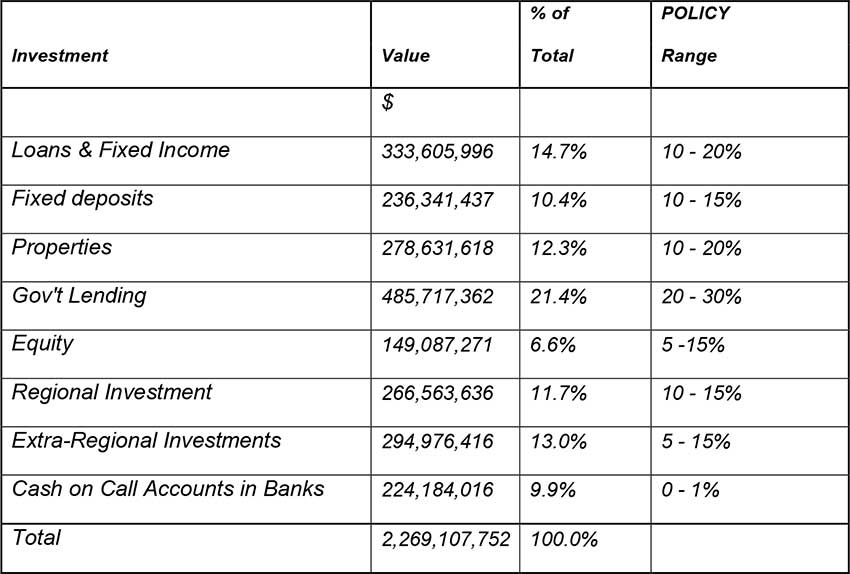
The NIC, in a statement, noted that the propriety, rigour, and independence of its investment process are such that it emerged from the financial crises of 2002 and 2008, the latter being the most devastating since the crash of 1939, as well as the unravelling of CLICO, without incurring any losses.
The NIC claimed that in respect of the investment in question, discussions and negotiations exceeded one year and the board gave its final approval only after all its concerns were addressed, the primary one being the security of the investment to be made.
But a former Director of the NIC, Ms Emma Hippolyte said the Board of the NIC is not protecting the NIC fund. She called on pensioners to start agitating, and for the professionals at the NIC to ensure that the analysis on this project and others are well documented.
Hippolyte added that the NIC seems to have deviated from the areas it usually invested in. She said the NIC would invest mostly in shares if it wished to invest locally, regionally and internationally. Ms Hippolyte said the current process was a new avenue for the NIC which has significant implications for the way the NIC conducted its business.
“If you are going to give a loan, your internal structure within the investment department is going to be affected,” Hippolyte said noting that the NIC has yet to provide answers to questions posed about the Corporation not being upfront with the details of the investment it has with Cabot Saint Lucia.
“It is an area of concern,” Hippolyte said. “The NIC, up to the last information we had in 2017 provides EC$90 million to the Saint Lucia economy every year of which five million goes directly to the Government of Saint Lucia to assist with health care. Eighty-five million is paid to pensioners and contributors. Out of this eighty-five million approximately sixty-five million goes to pensioners alone. Imagine what could happen to this economy should these funds run out,” Hippolyte said.
She also said that directors do not have the spine to stand up and analyse a project which may not fit the investment policy.
Meanwhile, for their part, Cabot’s Founders Mike Keiser and Ben Cowan-Dewar are looking with anticipation to the project that could boast once constructed, one of the Caribbean’s most sought after golf courses, and Cabot’s second resort.


![Image of an aerial view of the northern tip of the Cabot development, which has already broken ground in Saint Lucia. [PHOTO: Caribbean Journal]](https://thevoiceslu.com/wp-content/uploads/2019/07/aerial-view-northern-tip-of-the-Cabot-development.jpg)




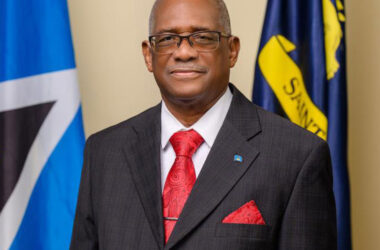
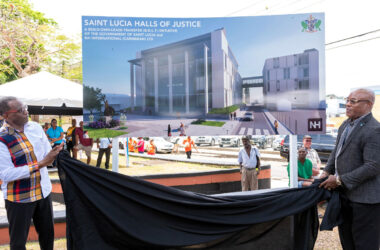



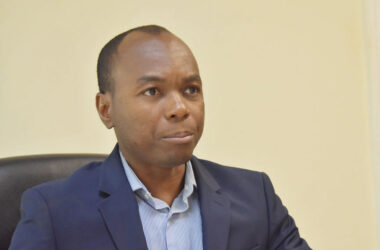



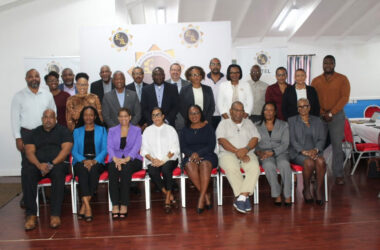
What have we got to lose? just bring it on, it is a plus
for the economy, and more jobs.
You still think so?